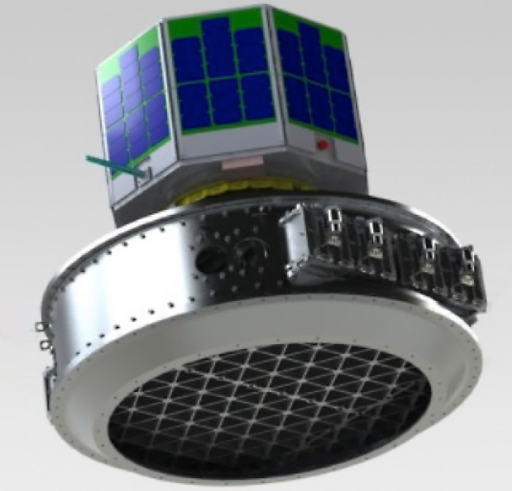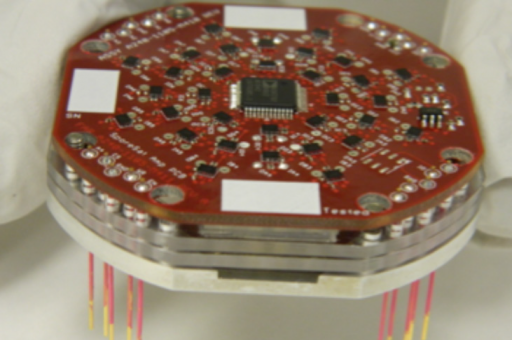SporeSat


Developed at Purdue University, SporeSat is a three-unit spacecraft that will perform scientific experiments to investigate the mechanisms of plant cell gravity sensing.
The five-Kilogram spacecraft uses flight-proven spacecraft technologies demonstrated on previous missions such as PharmaSat and O/OREOS. The SporeSat Science Payload serves as a technology platform to assess the performance of microsensor technologies for future biology missions using similar approaches.
NASA Ames was responsible for the overall management of the hardware development including the thermal, power, electrical, and mechanical systems of the CubeSat as well as the integration and testing of the payload.
The heart of the payload is a lab-on-a-chip device that supports and measures the fern spore ion activity. The experiment looks at the effect of gravity on the reproductive spores of the fern Ceratopteris richardii. This and many other species rely on a complex mechanism to sense gravity and guide their roots to grow down into the soil where nutrient concentrations are high. Calcium channels in the cells that open and close as a function of gravity play an important role in this mechanism.
To better understand the role of the calcium channels, SporeSat will use regulated artificial gravity at different levels and measure the calcium concentration that results from the opening and closing of the cellular channels.
Three lab-on-chip devices are used to measure the calcium concentration in real time at each of the variable gravity treatments. One of the devices acts as control being subjected to the ambient microgravity environment. The other two use motors to provide a centrifugal force acting as artificial gravity at two pre-determined levels.
